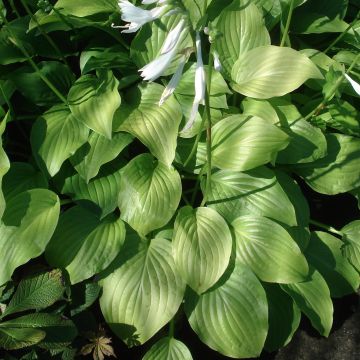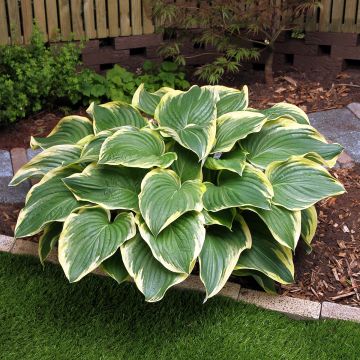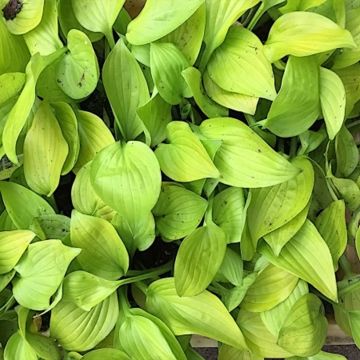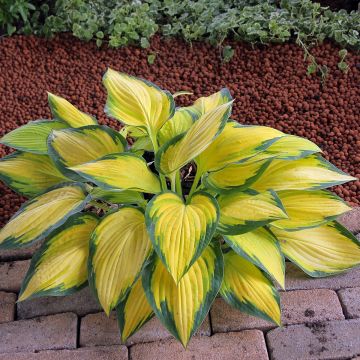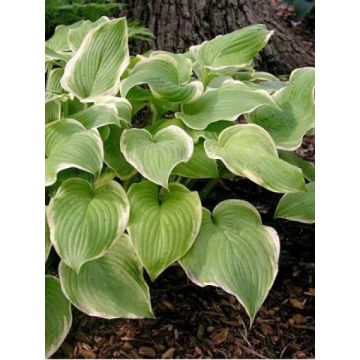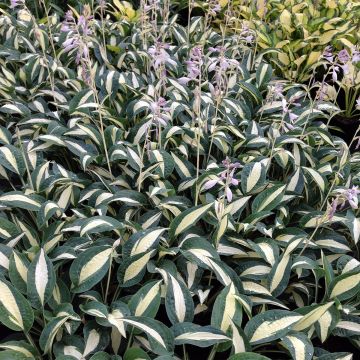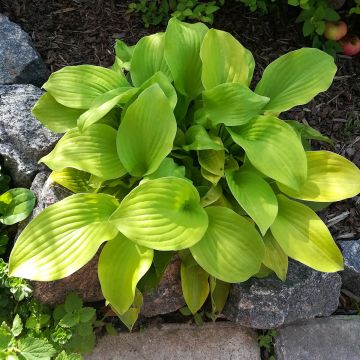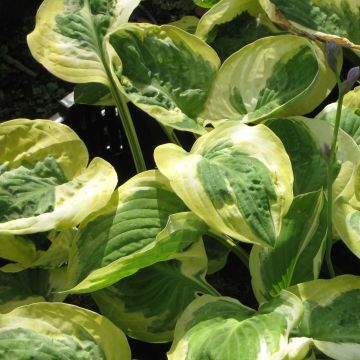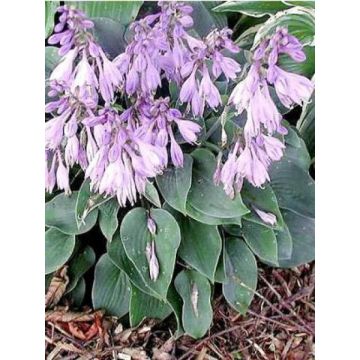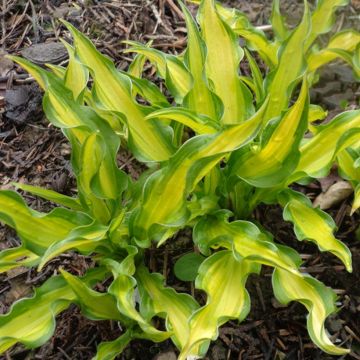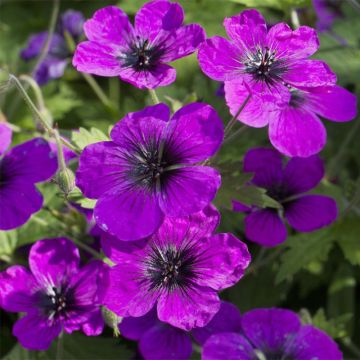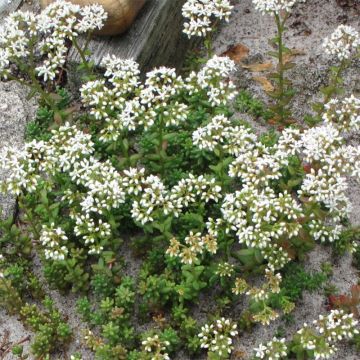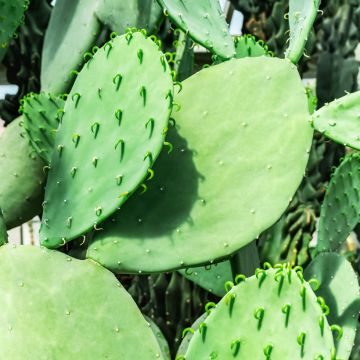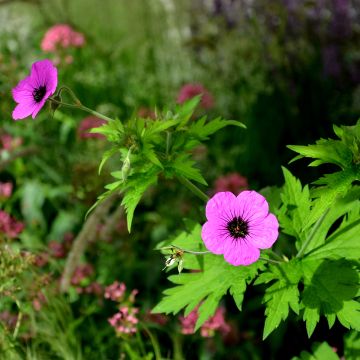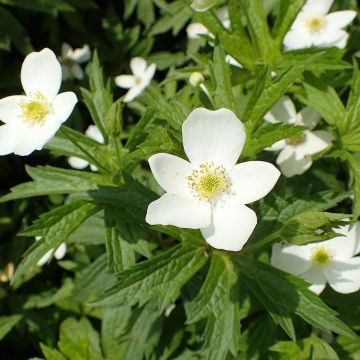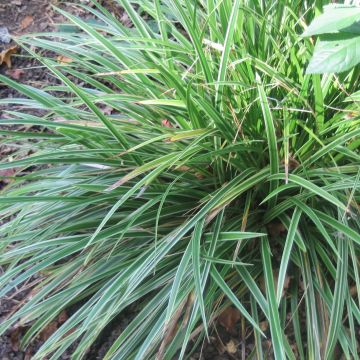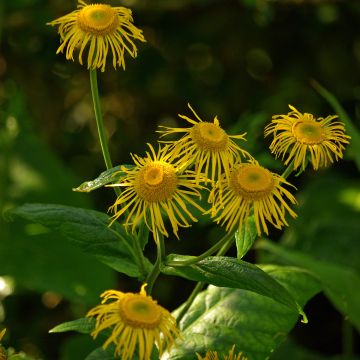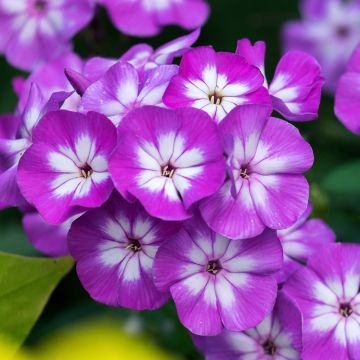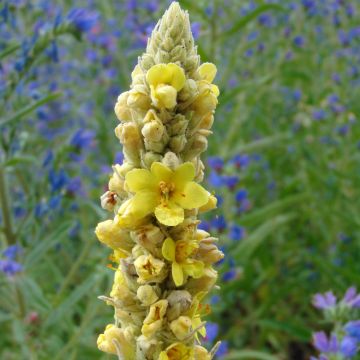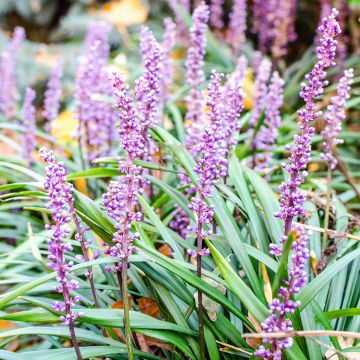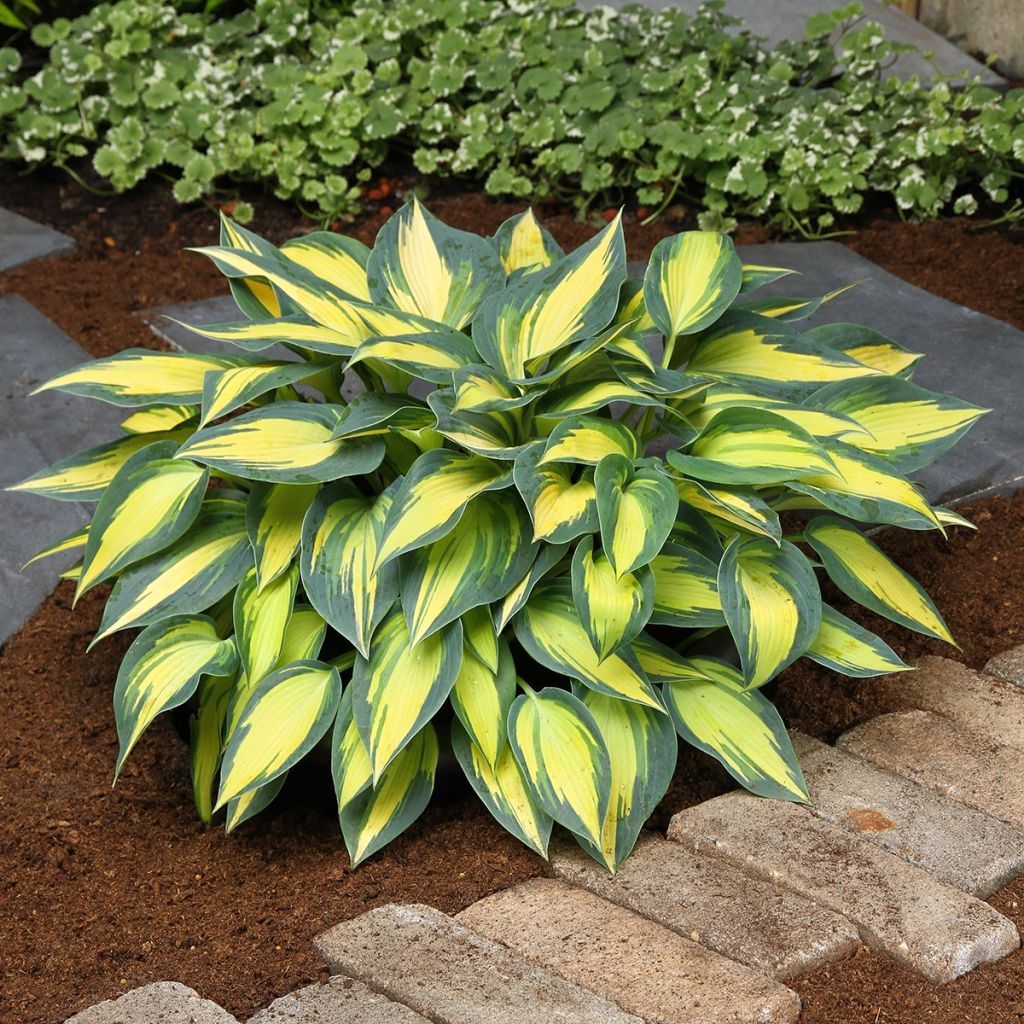

Hosta x tardiana Timeless Beauty
Hosta x tardiana Timeless Beauty
Hosta x tardiana Timeless Beauty
Tardiana Hosta, Tardiana Blue Hosta
This item cannot be shipped to the selected country
Delivery charge from €5.90
More information
Schedule delivery date,
and select date in basket
This plant carries a 12 months recovery warranty
More information
We guarantee the quality of our plants for a full growing cycle, and will replace at our expense any plant that fails to recover under normal climatic and planting conditions.
From €5.90 for pickup delivery and €6.90 for home delivery
Express home delivery from €8.90.
Does this plant fit my garden?
Set up your Plantfit profile →
Description
Hosta 'Timeless Beauty' is a lovely variety derived from 'Halcyon', more compact, with a very different appearance, but just as reliable and hardy. The plant forms a neat and compact clump, composed of numerous elongated heart-shaped leaves, with a wide blue-green margin around a very narrow creamy-yellow centre. Its summer flowers take the form of lavender spikes. This variety has fairly rapid growth for a hosta, and establishes itself robustly, proving itself as easy to grow in moist soil. It is an ideal perennial to add a touch of elegance and exoticism to the shaded areas of the garden. Its moderate rate of growth is also perfectly suited for cultivation in pots.
Hostas are deciduous perennial plants that belong to the lily family and the hosta family. Hosta Timeless Beauty is part of a line of hybrid funkias known as 'tardiana', the leader of which, the very popular 'Halcyon', is the result of crossing the Hosta tardiflora with the H. sieboldiana var. Elegans. 'Timeless Beauty' is a long-lived plant. Its deciduous vegetation emerges in spring and disappears in winter. Ultimately, the plant forms a dense clump that measures approximately 35cm (14in) in height and 45-50cm (18-20in) in width. The leaves measure about 10cm (4in) in length and 6cm (2in) in width, they are elongated and heart-shaped, with a smooth margin. Their surface is almost smooth, traversed by very prominent parallel veins. establishes itself strongly. Flowering takes place in July-August, in the form of compact pale lavender bell-shaped flower spikes, grouped towards the top of the peduncles that can reach 45-50cm (18-20in) in height. This perennial propagates through stolons, similar to strawberries.
Originally from China, Korea, and Japan, Hostas are very hardy plants. They are most often found as ground cover under deciduous trees, in moist flower beds or rockeries and borders, especially near ornamental ponds. The 'Timeless Beauty' hybrid Hosta will blend well in partial shade with helxine, ferns, epimediums, and Claytonia sibirica, with which it forms beautiful colourful duets that require little maintenance. It will also look great in the company of columbines and tall foxgloves or small violets. All hostas grow well in pots and can remain in the same container for several years. Choose a special geranium potting soil that will be used during the growing period. As long as the foliage is not too dense, you can water from the top of the pot. Then place a saucer under the pot, maintaining a constant level of water in summer. To enhance the blue and cream foliage of 'Timeless Beauty', place the plant near plants with golden or lighter leaves, such as alchemillas for example.
Report an error about the product description
Hosta x tardiana Timeless Beauty in pictures
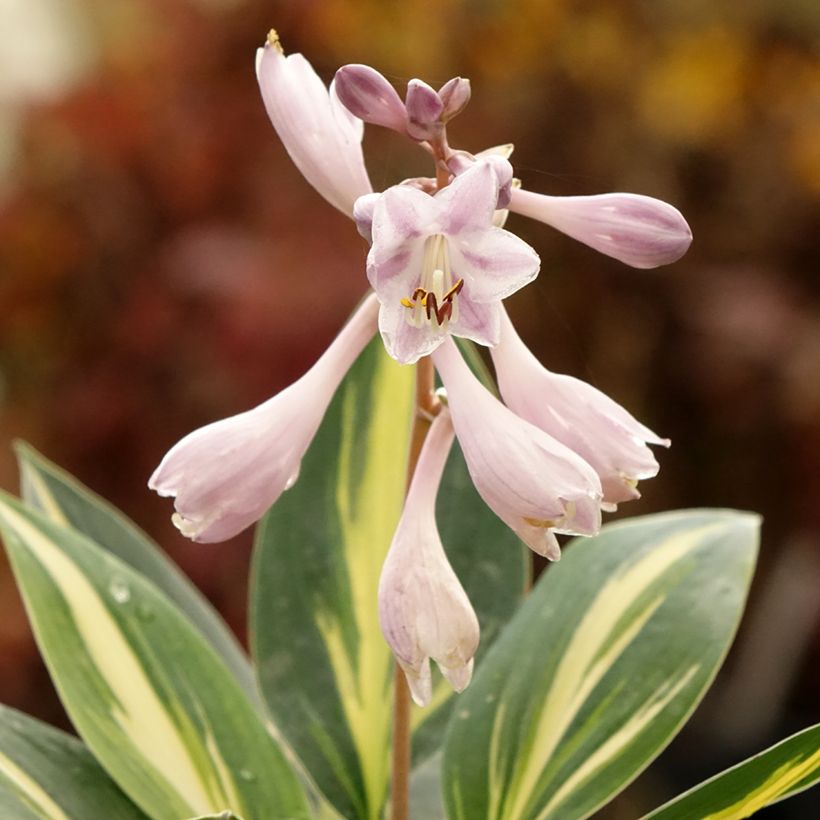

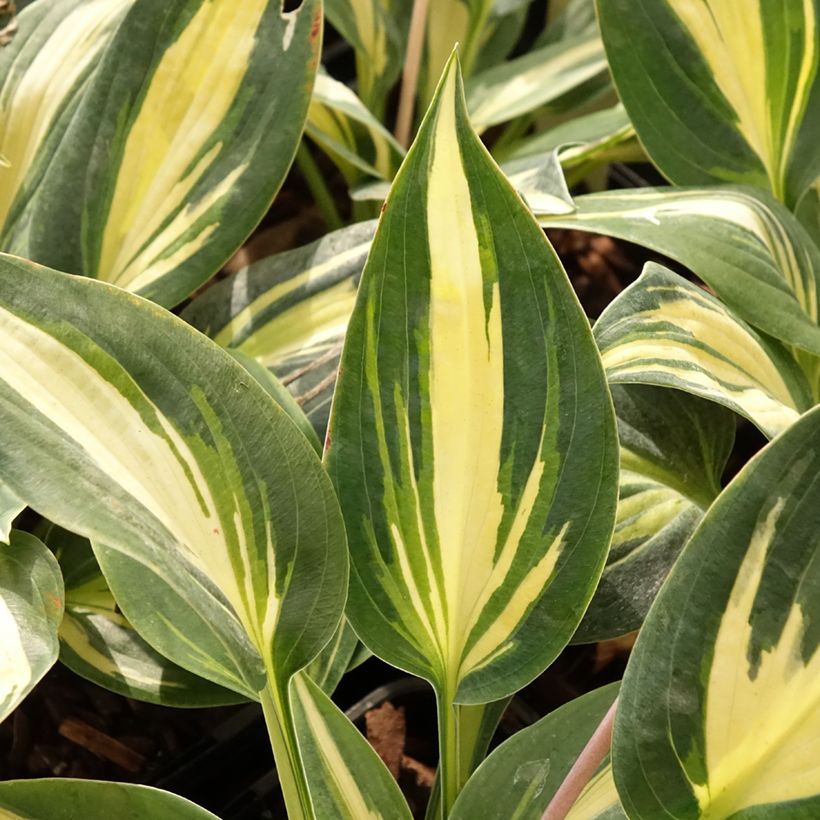

Flowering
Foliage
Plant habit
Botanical data
Hosta
x tardiana
Timeless Beauty
Liliaceae - Hostaceae
Tardiana Hosta, Tardiana Blue Hosta
Cultivar or hybrid
Other Hostas - Plantain Lilies
Planting and care
Hostas are planted in spring or autumn. Hostas prefer a deep, fertile, humus-rich, loose soil, preferably neutral to acidic (at least low in limestone), moist to wet throughout the year. Plant them in partial shade or dappled shade and in a sheltered location away from strong winds.
Prepare a planting hole measuring 20cm (8in) x 20cm (8in) x 20cm (8in). If your soil is heavy, mix equal parts of compost with crumbled soil, partially refill the hole, and place your potted plant so that the top of the root ball is covered with 3cm (1in) of soil. Adding a slow-release fertiliser (such as bonemeal) will nourish your plant during its rooting period without the risk of burning. Be sure to position the collar well above ground level. Firmly tamp down the soil and water thoroughly to eliminate air pockets. If the weather is dry, you will need to water regularly for a few weeks to facilitate your plant's establishment. Also, water regularly during dry summers.
With their common preference for moist locations, slugs and snails never stray far from hostas. Even though blue or variegated hostas often have thicker and tougher foliage, which is less appetising to slugs, these plants still need protection from gastropods. Protect your hosta plants by surrounding them with eggshells, coffee grounds, wood chips, or any dry and rough natural substance that repels them. Hedgehogs are gardeners' best allies in the fight against gastropods, as they do not till the soil or attack the tender green shoots of young plants like chickens do. Finally, some plants have a repellent odour for slugs, such as wormwood and garlic.
Planting period
Intended location
Care
This item has not been reviewed yet - be the first to leave a review about it.
Summer flowering perennials
Haven't found what you were looking for?
Hardiness is the lowest winter temperature a plant can endure without suffering serious damage or even dying. However, hardiness is affected by location (a sheltered area, such as a patio), protection (winter cover) and soil type (hardiness is improved by well-drained soil).

Photo Sharing Terms & Conditions
In order to encourage gardeners to interact and share their experiences, Promesse de fleurs offers various media enabling content to be uploaded onto its Site - in particular via the ‘Photo sharing’ module.
The User agrees to refrain from:
- Posting any content that is illegal, prejudicial, insulting, racist, inciteful to hatred, revisionist, contrary to public decency, that infringes on privacy or on the privacy rights of third parties, in particular the publicity rights of persons and goods, intellectual property rights, or the right to privacy.
- Submitting content on behalf of a third party;
- Impersonate the identity of a third party and/or publish any personal information about a third party;
In general, the User undertakes to refrain from any unethical behaviour.
All Content (in particular text, comments, files, images, photos, videos, creative works, etc.), which may be subject to property or intellectual property rights, image or other private rights, shall remain the property of the User, subject to the limited rights granted by the terms of the licence granted by Promesse de fleurs as stated below. Users are at liberty to publish or not to publish such Content on the Site, notably via the ‘Photo Sharing’ facility, and accept that this Content shall be made public and freely accessible, notably on the Internet.
Users further acknowledge, undertake to have ,and guarantee that they hold all necessary rights and permissions to publish such material on the Site, in particular with regard to the legislation in force pertaining to any privacy, property, intellectual property, image, or contractual rights, or rights of any other nature. By publishing such Content on the Site, Users acknowledge accepting full liability as publishers of the Content within the meaning of the law, and grant Promesse de fleurs, free of charge, an inclusive, worldwide licence for the said Content for the entire duration of its publication, including all reproduction, representation, up/downloading, displaying, performing, transmission, and storage rights.
Users also grant permission for their name to be linked to the Content and accept that this link may not always be made available.
By engaging in posting material, Users consent to their Content becoming automatically accessible on the Internet, in particular on other sites and/or blogs and/or web pages of the Promesse de fleurs site, including in particular social pages and the Promesse de fleurs catalogue.
Users may secure the removal of entrusted content free of charge by issuing a simple request via our contact form.
The flowering period indicated on our website applies to countries and regions located in USDA zone 8 (France, the United Kingdom, Ireland, the Netherlands, etc.)
It will vary according to where you live:
- In zones 9 to 10 (Italy, Spain, Greece, etc.), flowering will occur about 2 to 4 weeks earlier.
- In zones 6 to 7 (Germany, Poland, Slovenia, and lower mountainous regions), flowering will be delayed by 2 to 3 weeks.
- In zone 5 (Central Europe, Scandinavia), blooming will be delayed by 3 to 5 weeks.
In temperate climates, pruning of spring-flowering shrubs (forsythia, spireas, etc.) should be done just after flowering.
Pruning of summer-flowering shrubs (Indian Lilac, Perovskia, etc.) can be done in winter or spring.
In cold regions as well as with frost-sensitive plants, avoid pruning too early when severe frosts may still occur.
The planting period indicated on our website applies to countries and regions located in USDA zone 8 (France, United Kingdom, Ireland, Netherlands).
It will vary according to where you live:
- In Mediterranean zones (Marseille, Madrid, Milan, etc.), autumn and winter are the best planting periods.
- In continental zones (Strasbourg, Munich, Vienna, etc.), delay planting by 2 to 3 weeks in spring and bring it forward by 2 to 4 weeks in autumn.
- In mountainous regions (the Alps, Pyrenees, Carpathians, etc.), it is best to plant in late spring (May-June) or late summer (August-September).
The harvesting period indicated on our website applies to countries and regions in USDA zone 8 (France, England, Ireland, the Netherlands).
In colder areas (Scandinavia, Poland, Austria...) fruit and vegetable harvests are likely to be delayed by 3-4 weeks.
In warmer areas (Italy, Spain, Greece, etc.), harvesting will probably take place earlier, depending on weather conditions.
The sowing periods indicated on our website apply to countries and regions within USDA Zone 8 (France, UK, Ireland, Netherlands).
In colder areas (Scandinavia, Poland, Austria...), delay any outdoor sowing by 3-4 weeks, or sow under glass.
In warmer climes (Italy, Spain, Greece, etc.), bring outdoor sowing forward by a few weeks.

































